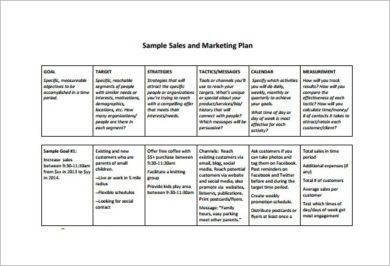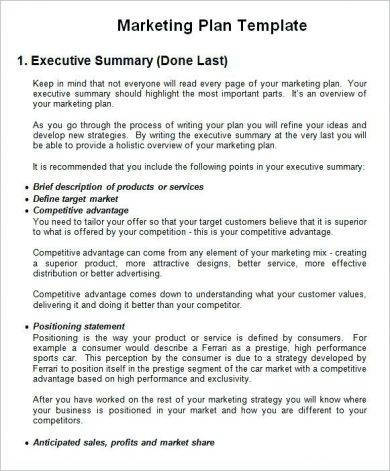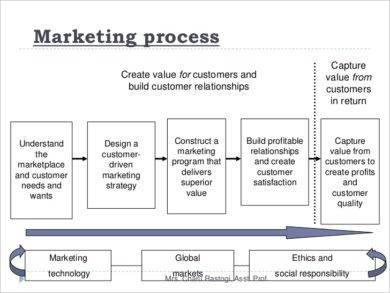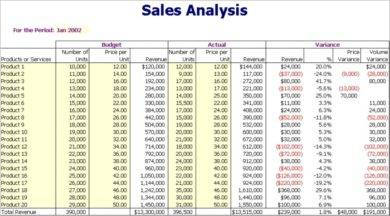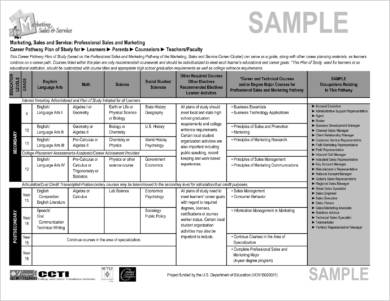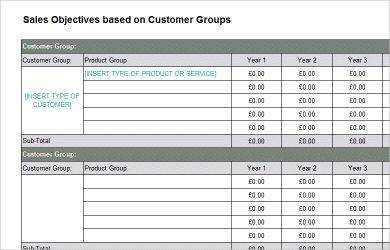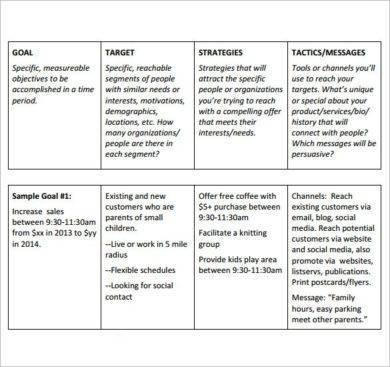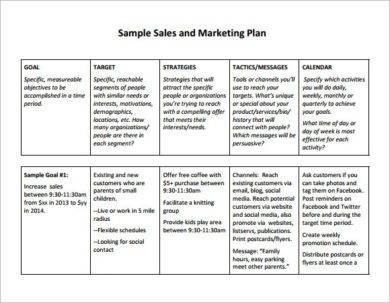17+ Sales Marketing Business Plan Examples to Download
There is no doubt that sales and marketing is vital for any business, be it a small enterprise or a large corporation. A business organization that has a product to sell always involves sales and marketing. In this article, we will be discussing how to create a business plan focusing on sales and marketing. We also provided examples in PDF format to guide you.
17+ Sales and Marketing Business Plan Examples
Sales and Marketing Plan Example
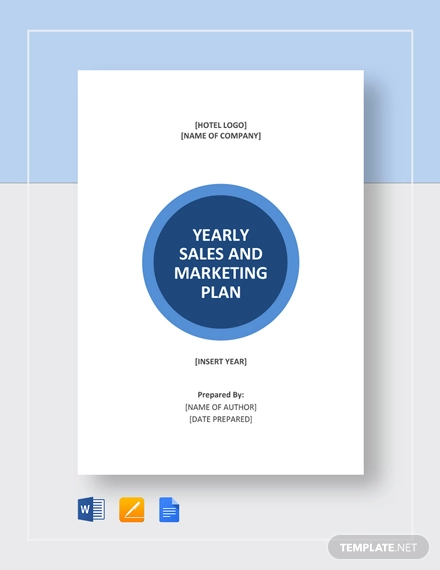
Sales Business Plan Template
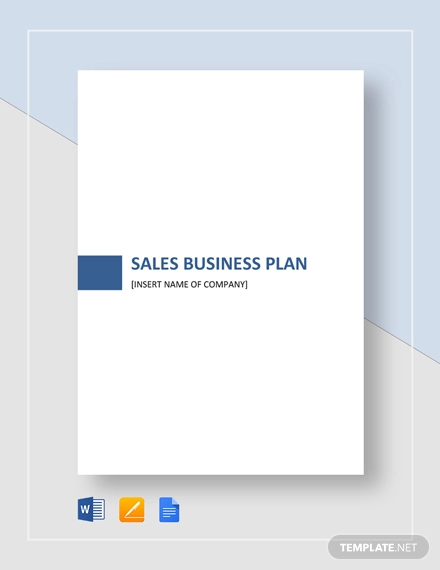
Simple Sales Business Plan

Car Sales Business Plan Template

Business Sales Plan Template

Sales Action Plan Template

Sample Marketing Business Plan Example

Hotel Sales Business Plan Example

Outline for Sales and Marketing Plan Example
Elements of Sales and Marketing Plan Example
Executive Summary for Business Plan Example
Marketing Process for Sales Business Plan Example
New Sales Action Plan Example
Sales Analysis for Business Plan Example
Marketing Sales and Service Plan Example
Sales Objectives for Business Plan Example
Sales and Marketing Plan Process Example
Sales and Marketing Business Plan Example
We hope you found this article to be informative as you will be creating your own sales and marketing business plan.
Essential Components of a Sales and Marketing Business Plan
A business plan comprises different functions of business, from sales, to accounting, to human resource, to socio-cultural aspects. But this business plan focuses on sales and marketing, and here are the essential components that comprises a sales and marketing business plan.
1. Products and services
Since sales focuses on products and services, then it is only fitting that the company’s products and services should be give emphasis in the business plan. To start off, the company’s products and services should be given a short background.
The background should include product specifications, the products’ target market (although a more detailed explanation of the market will be discussed in the subsequent section), and how the product will be beneficial to the target market and other market segmentation.
After a short background is written, a more detailed analysis should then follow. Details on how the product is produced and manufactured should be listed. If the production process is extensive, then it should it also be listed in the simple business plan (for example: vehicle manufacturing, production of healthcare products, production of processed food, etc.).
Listing down how the product is manufactured is important especially when the business plan is presented to top executives of the organization or external stakeholders (i.e., investors, government institutions, etc.).
If your company sells hundreds of products all at the same time, listing all of them in the business plan is not mandatory. You can just list down a summary of each product and one or two of its main specifications. Take for example, a T-shirt sold by a retail clothing company. You may also see company plan examples.
Details on the shirt color and shirt design (plaid, stripes, statement shirts, etc.) is acceptable. Retail clothing companies sell numerous of products, so it is not a requirement for them to list down detailed descriptions of all of their products if they will be creating a business plan or a similar business document. You may also like annual plan examples.
2.Market analysis
Market analysis focuses on the target market of the company (i.e., main set of customers to which the company focuses its efforts in selling its products). The target market was already introduced in the previous section, but it will be given more depth and analysis here.
In market analysis, the target market is not only identified but also analyzes how the company’s products and services directly and indirectly affect the target market. It is the company’s discretion to identify beforehand its target market, but it is highly suggested that research must be conducted first. You may also check out business plan outline with examples.
The company or business organization creating the business plan should first gather information on demographics (i.e., age, gender, annual income, consumer location, etc.) before it chooses its target market.
Simple market analysis also assists business organizations in finding gaps in the market. Gaps relate to functions, tools, or even products that have not been presented or sold to the market yet. It is the job of the company to find those gaps and offer something new to the market.
Market analysis also relates to the identifying other market segmentation which can benefit from the products the company is selling. The target market is not only the ones who will be purchasing the products, but only compose a large majority of customer base. Other demographics will also purchase the product and contribute to the business organization’s revenue. You might be interested in implementation plan examples.
3. Strategy and implementation
Once the products, services, and target market have been identified, then the strategies can be formulated. There are a number of sales and marketing strategies you can use. Among them are as follows:
- Creating a sense of urgency
- Knowing the competition
- Using social media
- Using traditional methods of marketing (i.e., flyers, posters, billboards)
- Establish a system for continuous improvement (kaizen)
- Hiring competent and qualified sales people
- Align sales and marketing activities
Having a sales and marketing strategy will assist business organizations in maximizing their earning capabilities. Basically, if a business organization does not use a strategy, it is risking itself to losing out to competitors. And most of the time, losing out to competitors results in businesses significantly cutting costs by laying off more than half of the workforce or, worse, filing for bankruptcy.
Companies That Used Successful Sales Tactics
Here is a list of companies (to be specific, corporations) that have successfully used sales strategies and have become market leaders in their respective industries. The companies listed below should also become an inspiration for you to develop your own business plan to not only for your business to become sustainable, but also to attain massive recognition in the business world. You may also see evaluation plan examples.
1. Samsung
Korean phone manufacturing giant Samsung is the reason why Apple can never take over the Asian smartphone market. Even with Chinese competitors such as HTC and Oppo starting to gain grounds in recent years, Samsung still holds majority of the Asian market. Samsung and Apple are even battling it out in the US market, and you would expect Apple would have advantage in its home soil. You may also like transition plan examples.
Samsung did not start out as a major player in the smartphone industry though, as it began manufacturing and selling appliances and other electronic products. Even then, the company was already a market leader in that industry.
The main reason why Samsung has become so successful is because of its simple sales strategy: high quality yet low cost products = easy selling and less marketing expense. For Samsung, producing quality products and selling them at low reasonable prices sells itself to the market and is actually beneficial for the company in the long run. You may also check out personal plan examples.
Despite the setbacks the company has suffered the past few years, it still posted $50 billion (USD) in operating profits for 2017, more than twice it gained in 2016 when it earned $27 billion (USD). The number easily shows that the company is more than capable of handling external shocks, and will continue to be a force to be reckoned with in both the smartphone and electronics industry for years to come. You might be interested in risk plan examples.
2. Microsoft
When financial analysts forecasts your company to earn $1 trillion in revenues by 2020, then you know you’re doing good. Microsoft is more than just a US-based tech company, it has become a way of life. Research has shown that 17% of the world’s population is using a Microsoft-related service. Microsoft also gathered its own data and revealed that there are over 65 million users who use their document and presentation services software, Office 365.
There is no doubt that Microsoft is arguably the number one producer of computer software in the world, and has been so in the past three or four decades now.
One strategy that Microsoft used that essentially placed them on top of the computing industry was forming a partnership with computer software manufacturers IBM and Intel. The partnership proved to be very effective as it helped Microsoft produce high-quality products it has today. You may also see strategic plan examples.
If you are into video gaming, you may have heard of the Xbox and its newest version, the Xbox One. Microsoft’s weapon to battle Sony’s Playstation series and Nintendo’s own set of consoles has so far resulted in a tie.
Revenues have been consistent for the Xbox since its inception in 2001, and it has not stopped the black box with a giant X mark on its face producing some of the greatest games the video game industry has ever seen (i.e., Halo, Splinter Cell, Star Wars: Knights of the Old Republic, Jade Empire, Grand Theft Auto: San Andreas, Fable). You may also like management plan examples.
3. Spotify
You may ask yourself how Swedish company Spotify became the largest music streaming services company in the world? The answer is rather simple: it gave you free music with less hassle. It was an easy sell for the users as it solved three dilemmas: purchasing physical copies of music albums which were expensive, purchasing a devices just to play music, and illegal downloading that mostly resulted in jail time. You may also see action plan examples.
Spotify was the solution not only for music lovers, but also for a failing worldwide music industry who lost millions every year due mainly to piracy.
Users can easily download and listen to their favorite songs for free (as long as they’re connected to the Internet) or subscribe to a very affordable monthly package where they can listen to their tunes anytime, anywhere.
Additionally, the artists and record labels also earn as they are paid by the company a percentage every time their songs are streamed. It’s basically a win-win for everyone—the users, the artists, the record labels, the publishers, and of course, Spotify itself.
4. Marvel Entertainment Studios
Produce family-friendly movies. Release hundreds of merchandise based on those movies. Repeat.
This is the main strategy that film giant Marvel Entertainment Studios is currently using, and it has easily produced billions for the company that turned comic book characters such as Iron Man, Captain America, Thor, and Black Panther, to name a few, into household names. You may also check out what to include in a home business plan.
To be fair, Marvel owned most of the right of its characters up until the ’90s and the early 2000s where it suffered a financial disaster and had to sell the rights of most of its most popular characters (X-Men, Daredevil, Fantastic Four to 20th Century Fox, Spiderman to Sony, Blade to New Line Cinema, Hulk to Universal Pictures, Punisher to Lionsgate Films) just to stay alive. You might be interested in advertising plan examples.
What they had left was a bunch of B-class heroes that could not rival the popularity that the X-Men and Spiderman brought back then. But it all changed once Iron Man was released in 2008. Marvel Studios had a simple formula: produce films that combined comedy, drama, and action and make them as grounded and relatable as possible to different type of filmgoers, not just to a specific age group. You may also see quality plan examples.
Fast forward to 2018, Marvel Studios has released 19 full-length films, raked in $11 billion (USD) in revenues, and most importantly got the rights back to some of its beloved characters (Spiderman, Hulk, and soon the X-Men and Fantastic Four). You may also like business plan guidelines examples.



